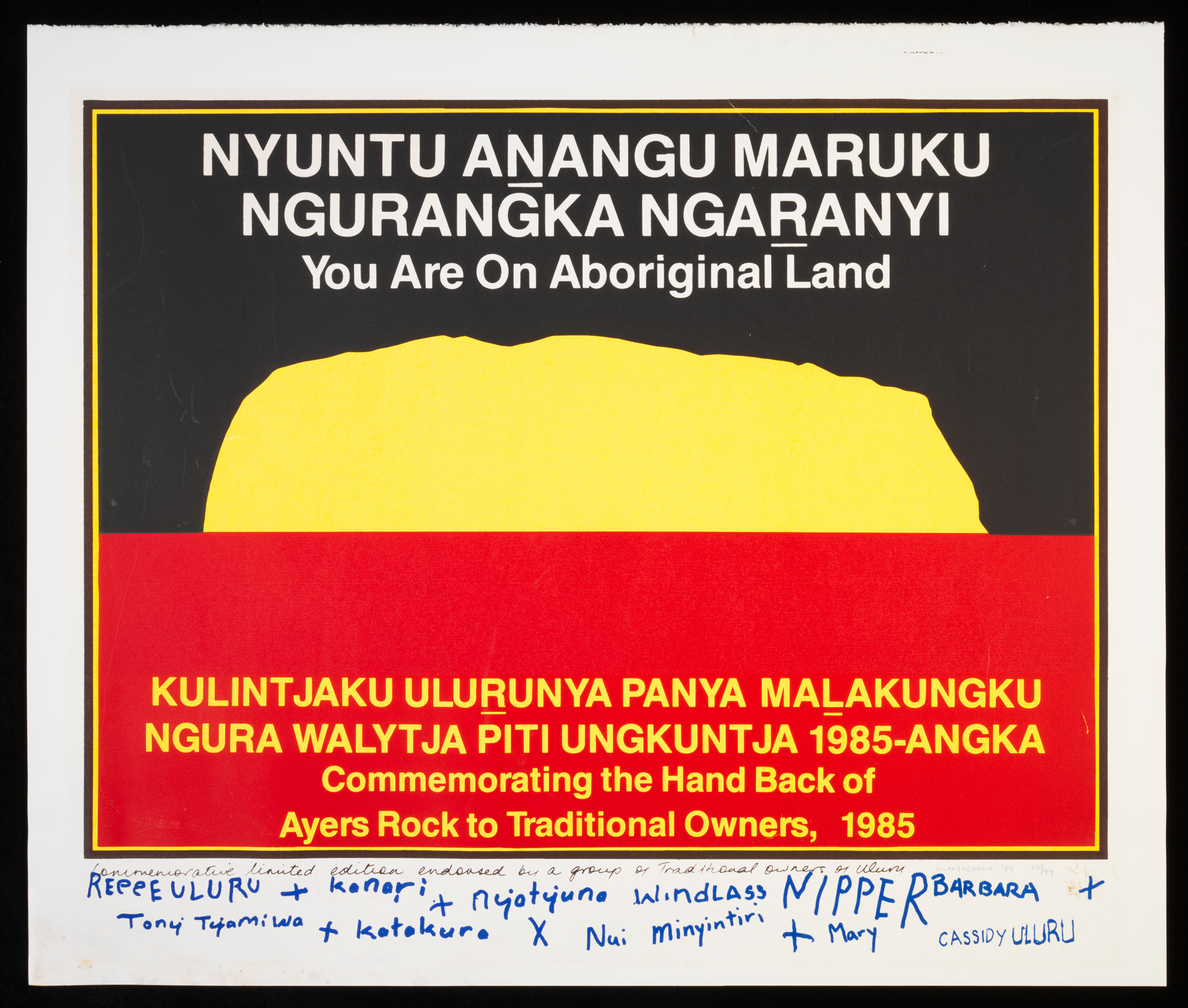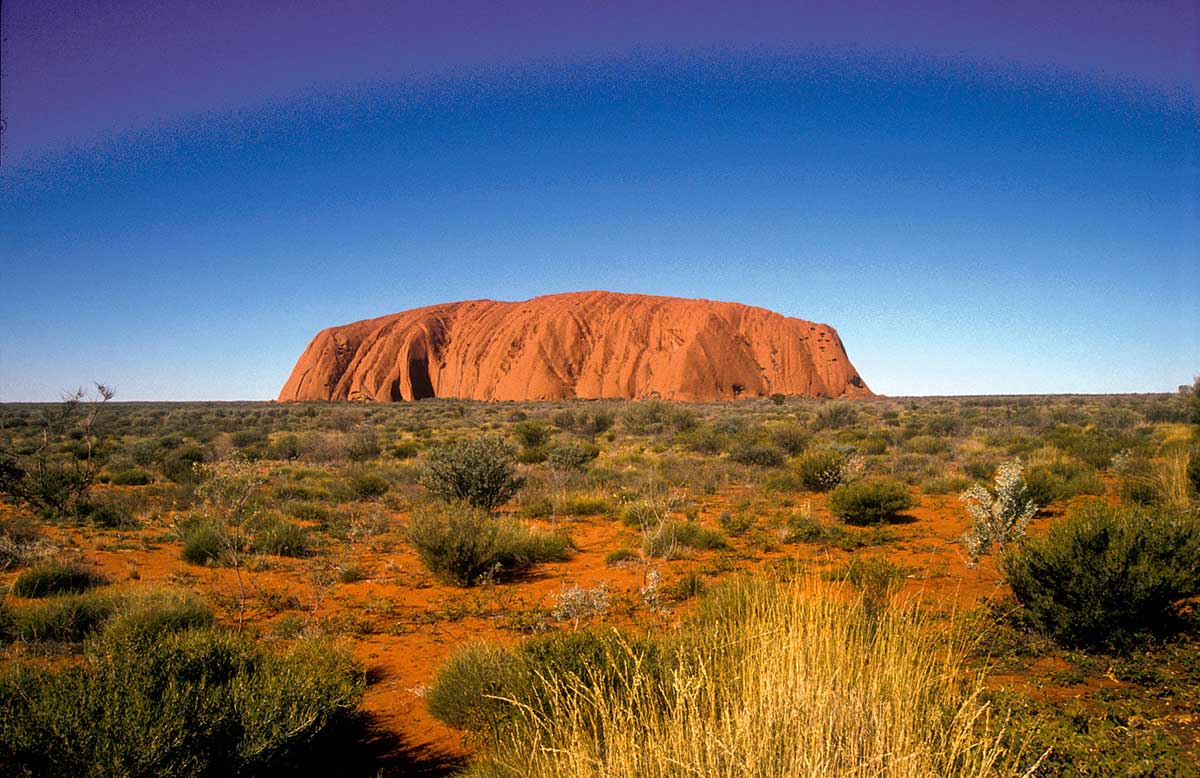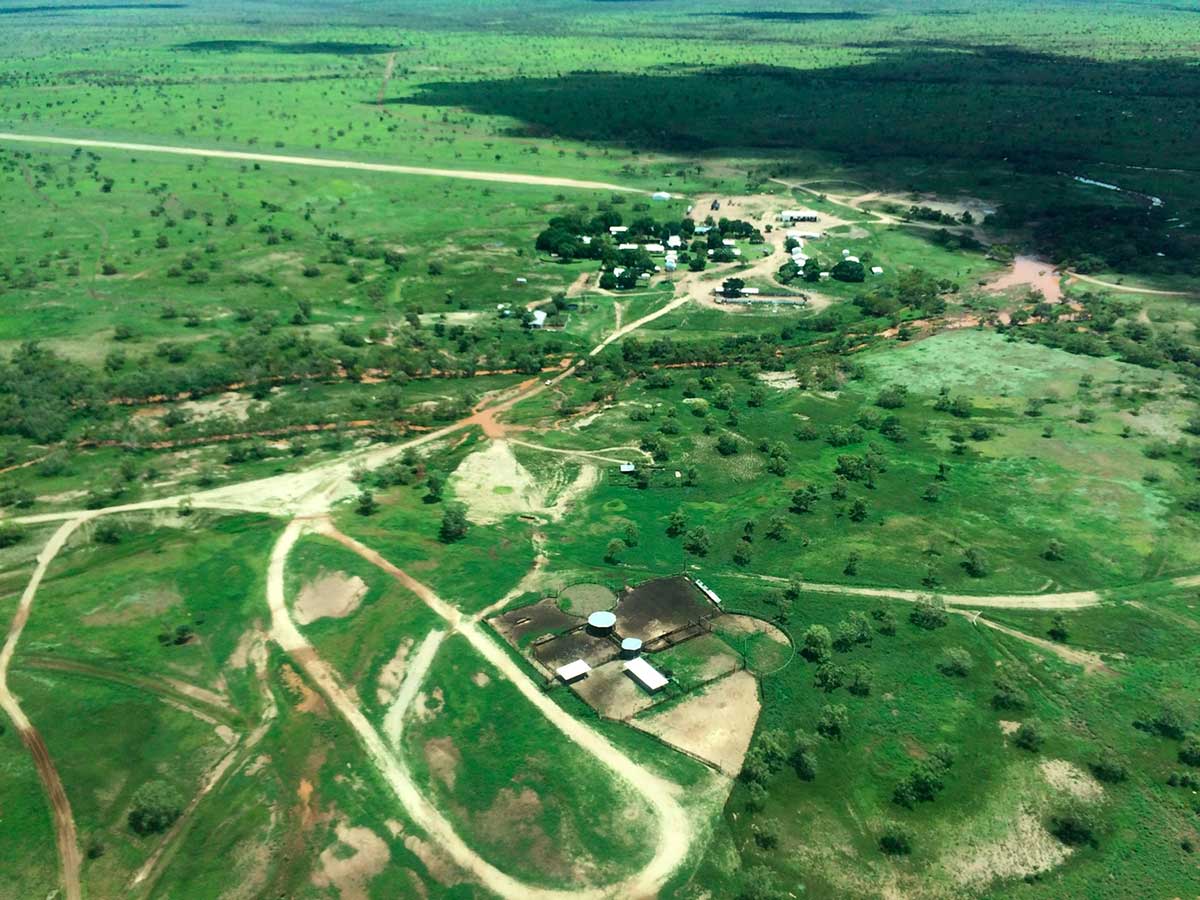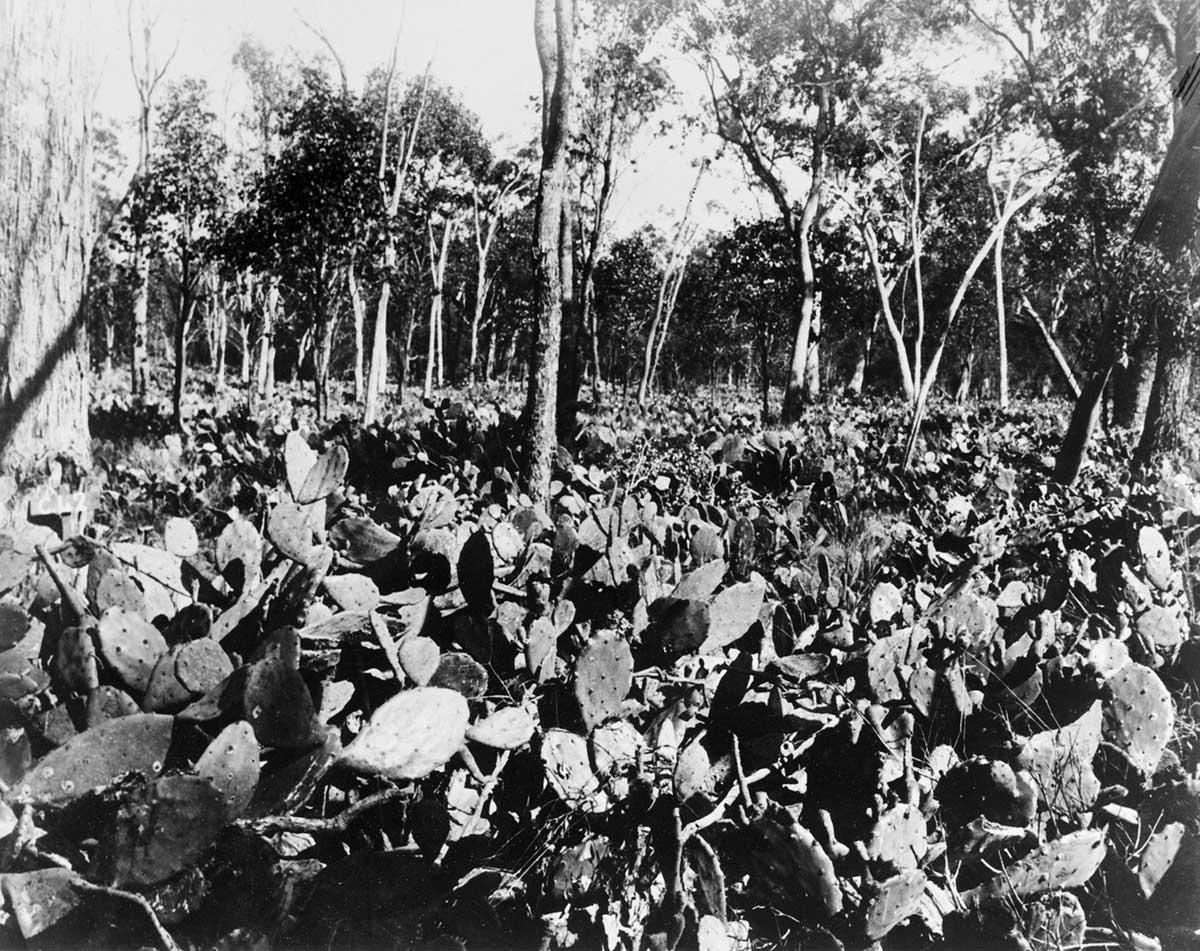Learning module:
Landforms and landscapes Defining Moments
Indigenous perspectives on the land
1.2 Uluru handback

It is 1985.
The area known to Europeans as Ayers Rock National Park is known to the traditional owners, the Anangu, as Uluru.
The traditional owners control the area surrounding Uluru under land rights legislation, but that does not include the rock itself.
How could European and First Nations claims to the area be reconciled?
Look at this photograph of the area:

1. Make a list of words that describe this landscape.
2. What might be special about this place from the viewpoint of a recently-arrived tourist?
3. What might be special about this place from the viewpoint of a First Nations person whose people have lived here for many thousands of years?
Now read the Defining Moments in Australian history: 1985 ‘It’s our place, our land’ — Handback of Uluru to the Anangu people and answer the questions below.
12. Until 2019 tourists were allowed to climb Uluru, if conditions were safe. However signs asked people to respect the beliefs and culture of the Anangu by not climbing Uluru. In 2019 Uluru was closed to climbing. What does that decision show about changing attitudes towards Uluru as a liveable place?
Conclusion
13. What does this case study help you understand about:
a) how different people or groups might have different ideas about landforms and landscapes?
b) why First Nations people might value a landform or landscape so highly?








